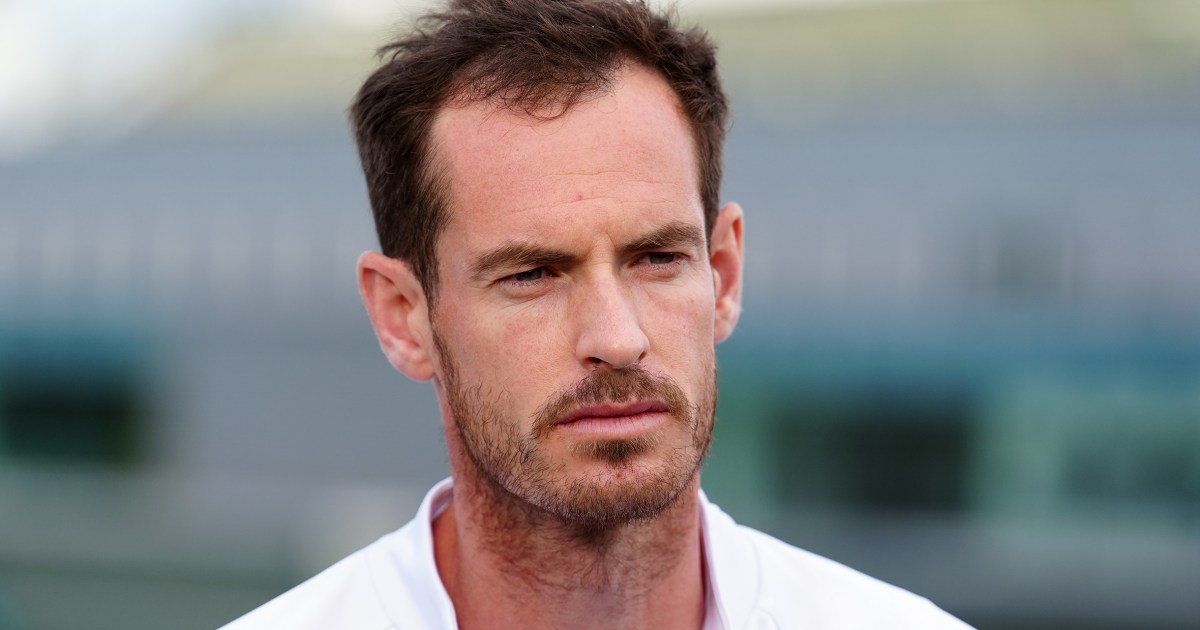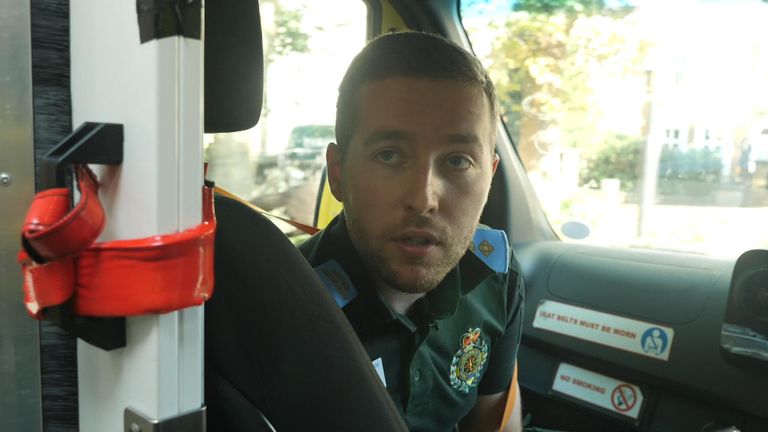
Any chain with a weak link is vulnerable. That is a simple way to understand what is going wrong with the health and care system in this country.
The weak link in this chain is social care. It has been left to erode by years of underfunding and neglect. Care sector staff have had enough of being underpaid and overworked and are walking away from demanding jobs for less meaningful but better-remunerated work elsewhere.
That puts the whole chain under more pressure. It is why health leaders talk of crisis and reaching breaking point.
The paramedics, hospice managers, nurses, doctors, and carers I spoke to this week all said the same thing. Fix social care first and we can begin to repair other parts of the health service.
John Chilvers, a paramedic with the London Ambulance Service, sounded frustrated when I asked him why we had seen so many ambulances stacked up outside hospitals all summer.
“It can be quite disheartening sometimes hearing across a radio all of those calls that are waiting for an ambulance because there are no ambulances available.
“Patients can’t be moved from A&E into those different wards or into social care so there’s no space to put the new patients when we’re bringing them in which then causes further ambulance delays,” he said.
Patient had 200 ambulance visits in one year
There’s another frustration for the paramedic.
We were just three calls into his shift when John’s ambulance was asked to respond to a Category 2 emergency. A 78-year-old woman had fallen from her bed. After the patient was fully assessed she was found not to need any more medical help.
Image:
John Chilvers
But John and his ambulance had spent over an hour with this patient and while he was inside the patient’s house, the ambulance radio buzzed constantly with more emergencies.
We later found out that this patient had more than 200 ambulance visits last year – but if she had a proper care package in place, most of those visits would not have been needed.
Dr Jasmine Lee shares John’s frustrations.
She is the clinical director of acute medicine and ambulatory care at the Queen Elizabeth hospital in Woolwich. In this hospital, they have more than 70 patients that are well enough to be discharged. But they have to stay in hospital.
As we walk around the wards Dr Lee points to the extra beds they have to wheel in to increase capacity.
“We’re trying to see as many patients as we can, get the treatment as quickly as we can, but one of the challenges is obviously trying to find the right space for them,” Dr Lee said.
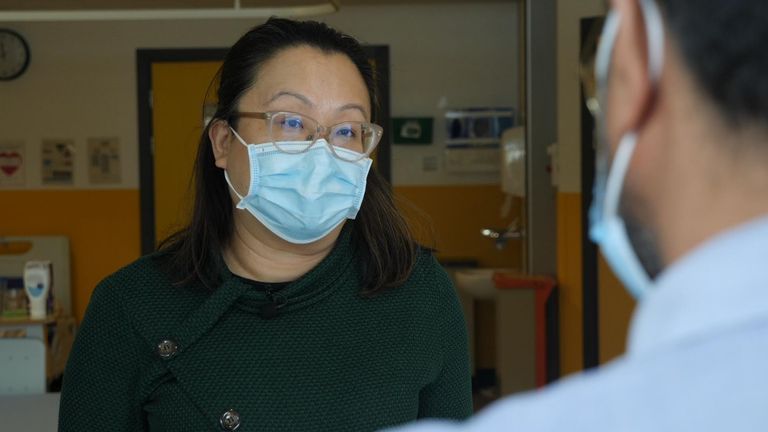
Image:
Dr Jasmine Lee
“So, for example, in this ward, this bay in the ward, there should be four beds, however, we’ve managed to fit in an extra bed so we can fulfil our capacity demands.
“People come here to find out what their problem is, we want to deliver that, we want to deliver the care we can if we’re not able to get the diagnostics, we’re not able to bring them in when they need to be in, to provide the treatment when we need to, it’s a challenge all round.”
Hospices struggling to accept patients
It is not just hospitals and care homes that have been impacted by the carer workforce crisis.
Hospices are struggling too, and if they cannot accept any more patients the end-of-life care needed would need to be found elsewhere.
Carol has terminal cancer and needs 24-hour support. She told me she was too sick to be looked after at home but did not want to go into a hospital.
“That’s right, we haven’t got a big family – me and my sister – but what we have got we love, and we like to know we’re all happy. I’d never been to a hospice before and I thought they were like a dirty place but when I see this, it was like going into a fairy tale,” Carol said.
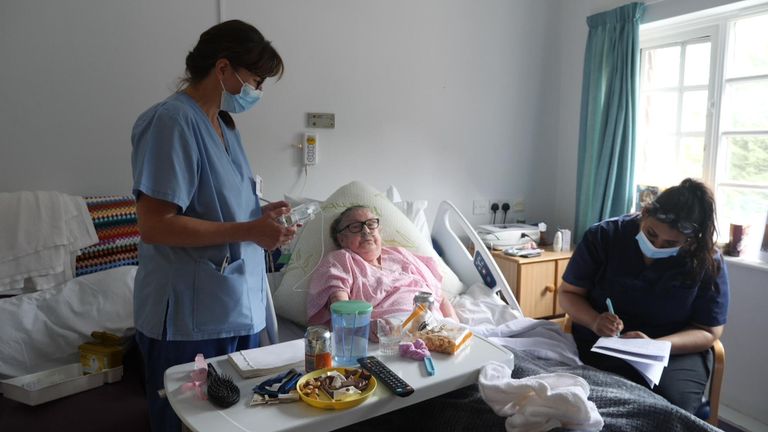
Image:
Carol has terminal cancer and needs 24 hour support
“I was too frail to receive any sort of treatment, hard treatment: like machinery treatment, chemo, things like that. It would have been too… I couldn’t, my body would have given up if I’d been in a hospital.”
Graham Turner is the director of care and transformation at Greenwich & Bexley Community Hospice where Carol is a patient.
He told me he wanted to do more to help his local community but could not because finding more staff was challenging.
Mr Turner said: “We are trying to recruit and retain staff in a limited pool, in a geographical pool, but also a sense of how many staff you’ve got qualified with experience within this area to do the job that we specifically do here.
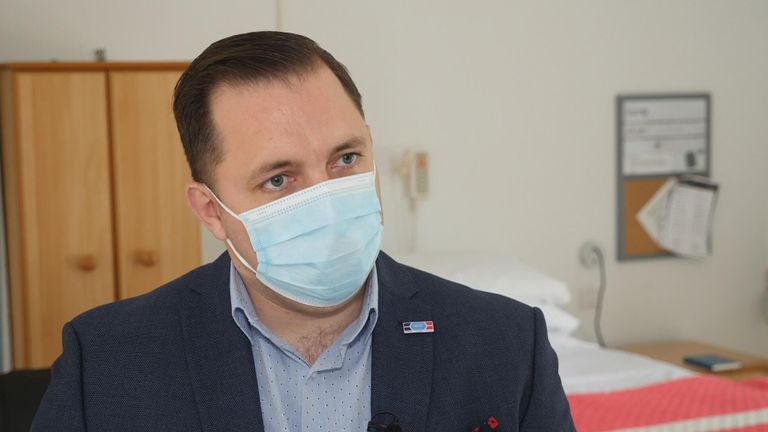
Image:
Graham Turner
“The growth of patient needs, complexity of symptoms, particularly post-pandemic where people haven’t had access to health care in the same way over the last two or three years. You’re looking at people with much later-stage disease, and that’s really complicated.
“So we’d love to do more, but our limiting factor is staffing.”
An ‘immense pressure’ on nurses
Catherine also has terminal cancer. But even at 96, she is determined to live as independently as possible at home while she can – and this is made possible by her palliative nurse, Rebecca Chapanga.
She has been working in this southeast London community for 10 years. During that time, the patients she is seeing are presenting later with more complex conditions, and her workload keeps growing.
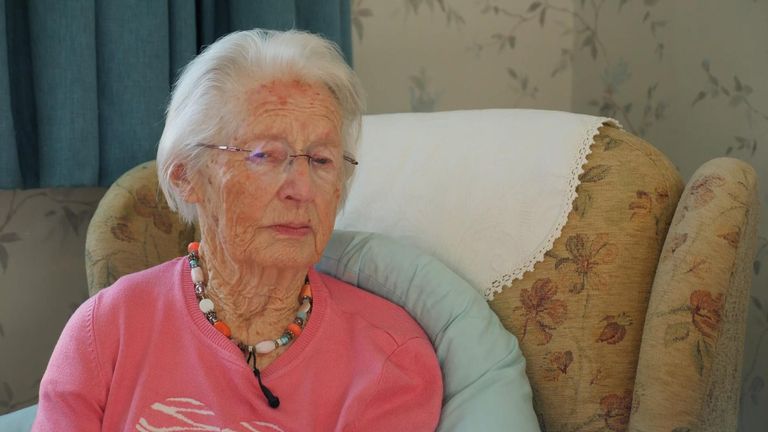
Rebecca said: “It’s quite immense pressure because the patients we tend to see they’re getting complex. There is a lot who are not able to get the care they need because of how it is nationally in terms of access.”
“So there are more people who need care than carers available?” I asked.
“Yes,” replied Rebecca.
“Very, very much so.”
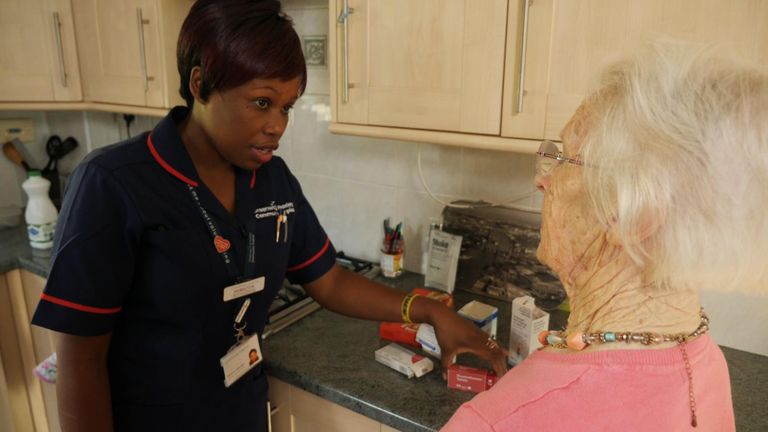
Image:
Rebecca Chapanga works as a palliative nurse
Health and care must be seen as one joined-up system. All parts of it need to be supported, funded, and staffed.
If one part breaks down, the other parts will too. It is happening now. And people are suffering.
https://news.google.com/__i/rss/rd/articles/CBMiamh0dHBzOi8vbmV3cy5za3kuY29tL3N0b3J5L3dlYWstbGluay1vZi1zb2NpYWwtY2FyZS1pcy10YWtpbmctdWtzLWhlYWx0aC1zZWN0b3ItdG8tYnJlYWtpbmctcG9pbnQtMTI3MjY1NjjSAW5odHRwczovL25ld3Muc2t5LmNvbS9zdG9yeS9hbXAvd2Vhay1saW5rLW9mLXNvY2lhbC1jYXJlLWlzLXRha2luZy11a3MtaGVhbHRoLXNlY3Rvci10by1icmVha2luZy1wb2ludC0xMjcyNjU2OA?oc=5




